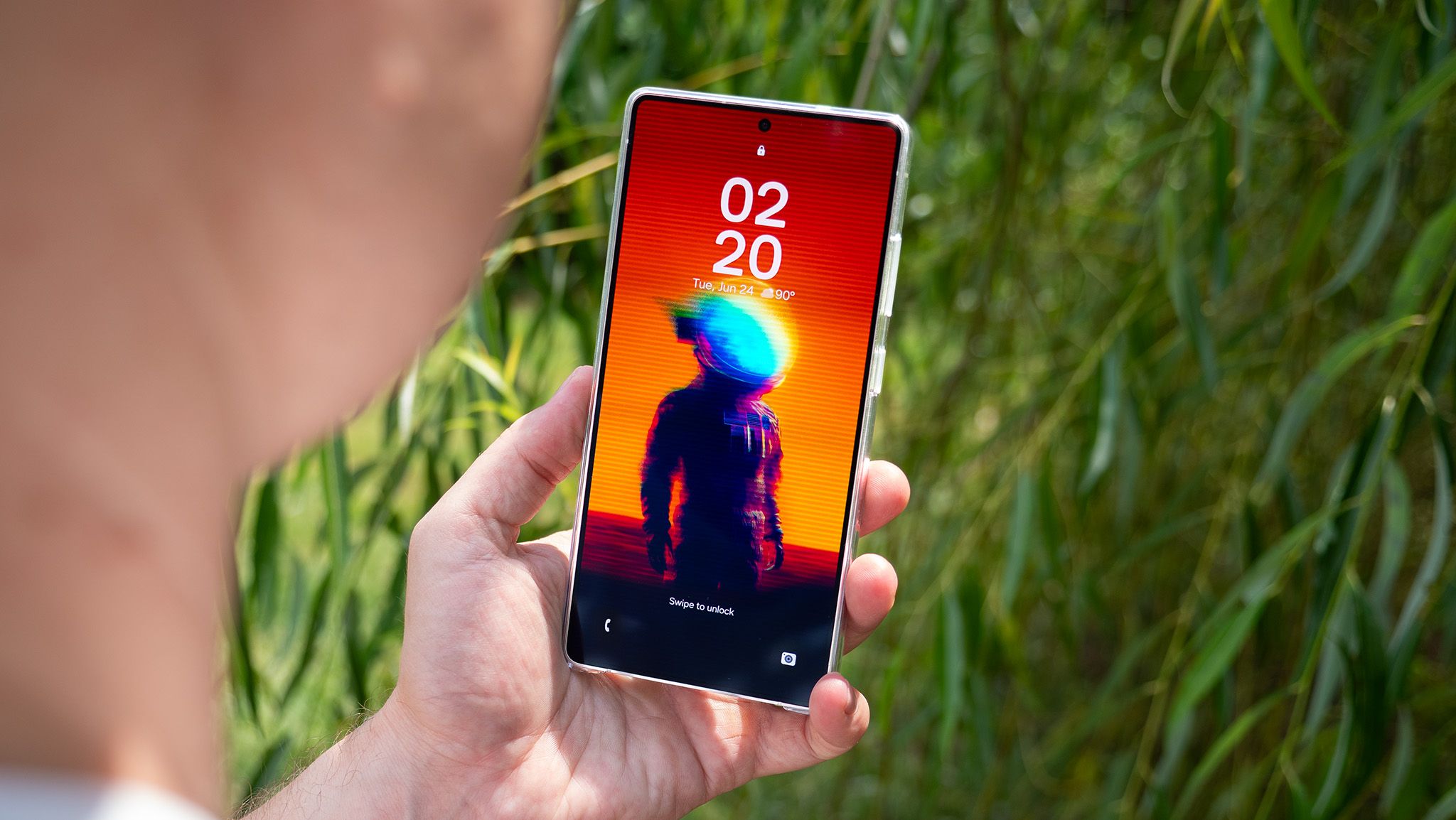Nintendo has brought two of the very best Super Mario games to the Switch and Switch 2. Super Mario Galaxy and its sequel have been remastered for Nintendo’s latest hardware with a handful of upgrades, and they’re available starting today. It’s no surprise that they’re excellent; these are critically acclaimed games, and two of the best-selling titles for the Wii, Nintendo’s top-selling console prior to the Switch era. So it’s great to have a pair of the most inventive platformers ever made easily accessible in 2025. At the same time, these releases are disappointing in just how simple they are. Nintendo has an enviable amount of history and talent, and re-releases like this would be the ideal place to share that with the world. Alas, we get straightforward ports instead.
The Galaxy games, which originally debuted in 2007 and 2010, represent a sort of evolutionary offshoot of the 3D Mario platforming line. The sci-fi premise — which, among other things, introduced Rosalina to the world — involves Mario traveling to small planets, many of which are bite-sized spheres that fit on a single screen. The goal, as always, is to collect shiny stars to open up more levels to explore. But what makes Galaxy and its sequel unique is how tightly-focused every level is. Each usually has a single idea that it explores just long enough before moving on to the next thing.
That design-first focus means that these games have aged remarkably well. It feels weird at first to not have complete control over the camera, but I adjusted pretty quickly, helped along by the fact that the levels are almost all small and designed around those camera limitations. Like the best Super Mario games, these are an explosion of ideas; one second you’re fighting against gravity while side-scrolling inside of a giant pill, the next you’re using Yoshi’s tongue to flip across perilous gaps. Given the way the Super Mario series has evolved, going in very different directions with releases like the more open-ended Odyssey and the silly side-scrolling of Wonder, there remains nothing like Galaxy and its sequel.
I also love that playing with detached Joy-Con controllers is a pretty solid approximation of using an old Wii remote and nunchuk, a control scheme the original games were built around. (You’ll be doing a lot of pointing at the screen here.) Both Galaxy and its sequel also still look great; the mix of classic, cartoony Mario style and glittery sci-fi locales work really well together.
Which is probably why Nintendo hasn’t done much for these ports — they don’t need a lot of work to begin with. The resolution is a little better, there are touchscreen controls for when you’re playing in portable mode, the storybook elements have been expanded somewhat, and there’s a very welcome new “assist” mode that makes things a little easier. Even still, considering these releases cost $40 each (or $70 as a physical bundle) the lack of frills is disappointing.
This is pretty much par for the course for Nintendo. The most recent re-release of the first Galaxy came in the form of Super Mario 3D All-Stars, a similarly barebones collection on the original Switch that was inexplicably only available for a limited time. So I’m conflicted here. Yes, this is a chance for a whole new audience to play two incredible games. But would it have killed Nintendo to show these games just a little more love? To treat them like more than promotional fodder for the next Super Mario movie?
It doesn’t seem like that will happen any time soon, though. So in the meantime I’ll just repeat the obvious: Super Mario Galaxy still rules.
Source link

